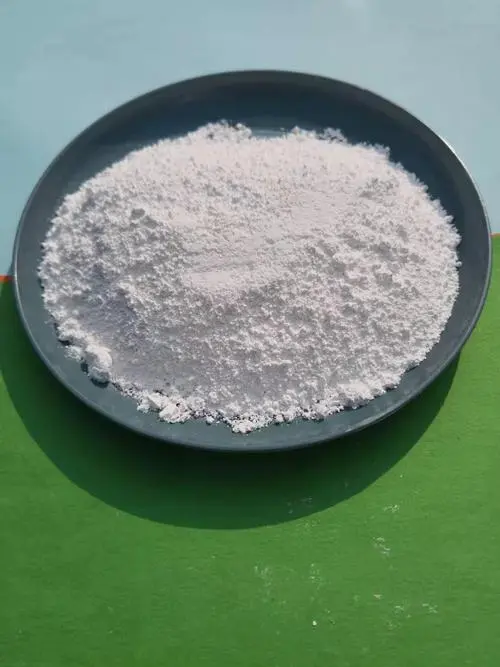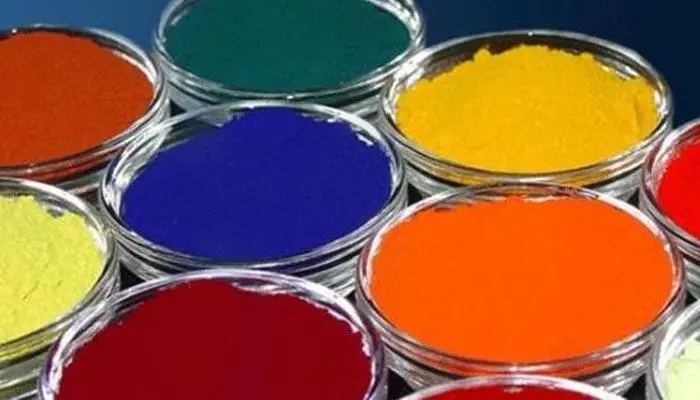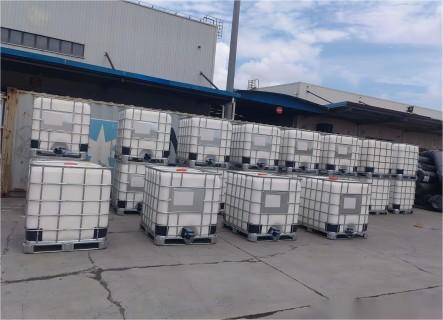
Textile Printing And Dyeing Auxiliaries
Sep 08, 2023Textile, printing and dyeing industry includes cotton, wool, silk, hemp and other natural fibers and synthetic fibers from raw materials to products of a series of processing procedures. In this series of processing procedures, mainly involved in sizing, desizing, scouring, bleaching, dyeing, washing, oil, finishing, printing, impregnation, softening, degumming, to wet and other operations.
A variety of chemicals are needed to make the process go smoothly and improve the properties of textiles. In the process of textile printing and dyeing, all kinds of chemicals used to improve the operating efficiency, simplify the process flow, improve the printing and dyeing effect, improve the quality of textiles, and give textiles excellent properties are collectively referred to as textile dyeing and finishing auxiliaries.
That is to say, dyeing and finishing additives refers to the textile in the processing, in order to improve the processing technology, the operating efficiency, the quality of the textile and the performance of some auxiliary chemicals added. These auxiliary chemicals commonly known as textile chemicals or textile dyeing and finishing additives, referred to as textile additives. Broadly speaking, from fiber manufacturing, processing, including spinning, spinning, weaving, scouring and bleaching, printing and dyeing, finishing, until the whole process of textile products used in addition to dyes are textile dyeing and finishing auxiliaries.
But, we don't usually put in the textile industry that is commonly used in acid, alkali, salt and simple organisms known as textile auxiliaries, such as sulfuric acid, sodium hydroxide, such as ethanol in the textile dyeing and finishing process USES a lot of, consumption is not small, but they are all general chemical raw materials, has widely used in many departments of the national economy, general that call them for the textile auxiliaries. Thus, in a narrow sense or more strictly, textile auxiliaries are fine chemicals with specific functions that are added to the textile processing process.
The role of dyeing auxiliaries
The amount of textile dyeing and finishing auxiliaries is not large, but it plays an important role in textile processing, and sometimes it even plays an indispensable role. To sum up, the use of textile dyeing and finishing additives can play the following roles in the textile processing process:
(1) Shorten the processing cycle or reduce the processing process, save time and improve efficiency.
(2) Reduce energy consumption, save energy and reduce costs.
(3) Reduce waste pollution and improve environmental quality.
(4) improve the printing and dyeing effect and the appearance and internal quality of the fabric.
(5) endow the textile with some special function or style to improve the performance and added value of the product;

Classification of printing and dyeing auxiliaries
According to the function and function of auxiliaries in printing and dyeing process classification
The classification of dyeing and finishing auxiliaries is generally carried out according to the function and effect of auxiliaries in the printing and dyeing process, that is, according to the processing procedure of textiles, which procedure the auxiliaries are used and classified. Textile dyeing and finishing auxiliaries can be classified according to their functions in the textile printing and dyeing process as follows:
Textile dyeing and finishing auxiliaries
Textile finishes
Synthetic fiber: smoothing agent, emulsifier, wetting agent, antistatic agent, softener, antioxidant, mildewproof agent, etc. {natural fiber: spinning oil, silk oil, weaving oil, sizing oil
Wool and linen spinning auxiliaries: wool washing auxiliaries, and wool oil, degumming auxiliaries, etc
Pre-treatment auxiliaries: desizing auxiliaries, scouring auxiliaries, bleaching agents and bleaching stabilizers, mercerizing auxiliaries
Dyeing auxiliaries: leveling agents, dispersants, detergents, reducing agents, anti-deposition agents, anti-swimming agents, etc
Printing AIDS: printing paste, coating printing AIDS, fixing agents, thickening agents, moisturizers, etc
After finishing additives: resin finishing agent, softener, toughening agent, waterproofing agent, flame retardant, antistatic agent, moth proofing agent, coating finishing agent, oil finishing agent, easy decontamination finishing agent, etc
Other additives: sanitary finishing agent, anti-mosquito finishing agent, anti-schistosomiasis finishing agent, regression reflex finishing agent, etc
Classified according to the raw materials that make up the auxiliaries
According to the composition of raw materials, textile auxiliaries can be divided into the surfactant additives and two kinds of surfactant additives, according to the composition is divided into several small categories per class, such as surfactant additives: anionic surfactant additives, cationic surfactant additives, zwitterionic surfactant additives and nonionic surfactant additives such as many small classes.
The additives containing surfactants mainly include various detergents, permeating agents, scouring agents, dispersants, emulsifiers, leveling agents, softeners, antistatic agents, etc. The proportion of this kind of auxiliaries accounts for about the whole printing and dyeing auxiliaries!" Some of them are pure surfactants themselves, and more contain surfactants and their complexes, such as emulsifiers, wetting agents, cleaning agents, etc.
The additives without surfactants mainly include oxidizing reducing agents, solvents, inorganic salts, fixing agents, anti-wrinkle finishing agents, flame retardant finishing agents, thickening agents, adhesives, etc.

Practice has proved that defoamers for textile printing and dyeing should have the following characteristics.
1. Rapid defoaming and long-lasting foam suppression, with high cost performance;
2. Good dispersibility, high temperature resistance, acid and alkali resistance, electrolyte resistance, shear resistance, good compatibility with various dyes and chemicals, no oil bleaching, no silicon spots;
3. Safe and non-toxic, in line with environmental protection requirements;
4. Stable quality, suitable viscosity and concentration, easy to use and dilute;
5. Provide timely and effective technical support.
In order to provide an ideal defoamer for textile printing and dyeing and meet the requirements of the textile printing and dyeing industry for defoamers, researchers and manufacturers at home and abroad are working tirelessly.
In addition, silicone defoamers also have the characteristics of other silicone polymers, such as excellent heat resistance, significant hydrophobicity, good wear resistance and non-sticky properties. The organic silicon modified by organic groups has excellent hydrophilicity and antistatic properties. At the same time, it has softness, smoothness and good resilience.
